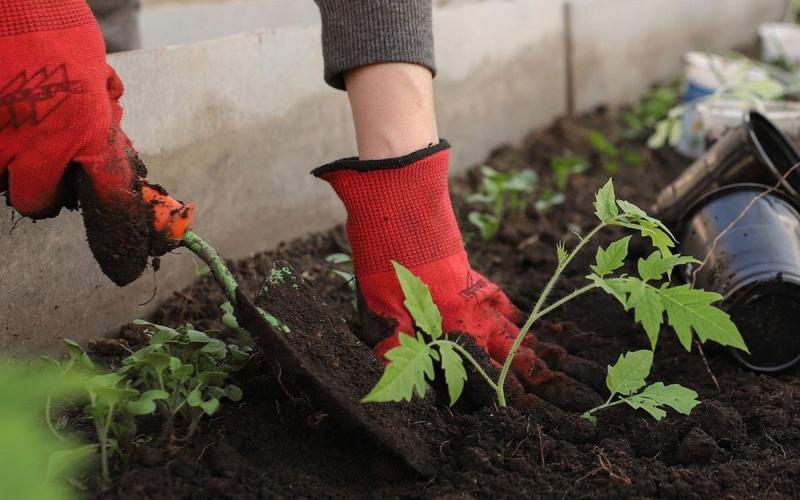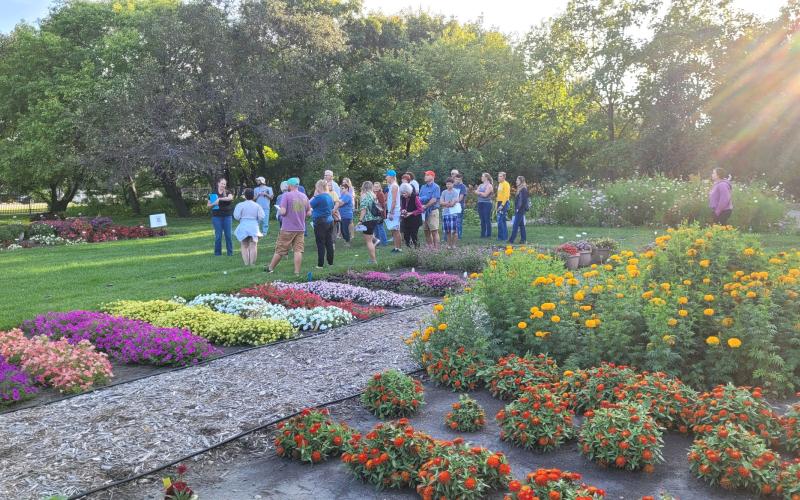Written by Alexis Barnes, M.S. Graduate Research Assistant in the Dept. of Agronomy, Horticulture, and Plant Science under the direction and review of Kristine Lang and Rhoda Burrows, former Professor & SDSU Extension Horticulture Specialist.
Managing weeds, improving soil health, and reducing the use of plastic mulch continue to be priorities for vegetable farmers. South Dakota vegetable farmers have expressed an interest in incorporating cover crops into their farm systems to reduce the use of single use plastic and increase soil health benefits. Perennial legume cover crops provide nutrients to soil prior to vegetable planting and may overwinter to establish living mulches for future growing seasons (Vollmer et al. 2010). During the growing season, clover cover crops that are grown as a living mulch may suppress weeds, contribute nitrogen after establishment and prevent soil erosion. However, previous research has shown that using clovers as a living mulch or living pathway between planting rows can compete with cash crops and result in lower vegetable yields (Bruce et al. 2022 and Pfeiffer et al. 2016).


